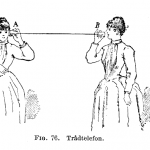
Mid-Century Modern Architecture
Culture, Design, Nostalgia, StyleMid-Century Modernism is a term used to describe the design style that brought forth major changes in modern design, architecture and urban development between 1933 and 1965.
Suddenly, post-and-beam construction became popularized, allowing interior walls to be used as space dividers instead of structural supports. Post-and-beam construction allowed architects to pick and choose which areas remained open-concept and which areas remained enclosed for privacy.
Richard Neutra, Frank Lloyd Wright and Ludwig Mies Van Der Rohe are arguably the Fathers of Mid-Century Modern architecture; they each helped set the pace for the massive movement in residential architecture that sought to bring modernism into American suburban living spaces after the war. Today, Mid-Century Modern architecture is commonly reinterpreted with new materials and finishes, but the overall design aesthetic remains easily identifiable.
Below: Miller House. Architecture by Richard Neutra. 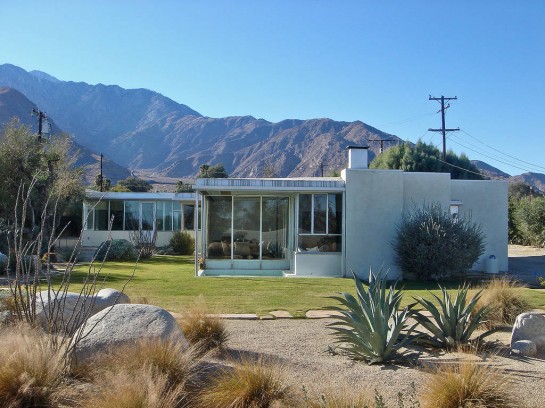 Below: Kaufmann Residence. Architecture by Richard Neutra.
Below: Kaufmann Residence. Architecture by Richard Neutra. 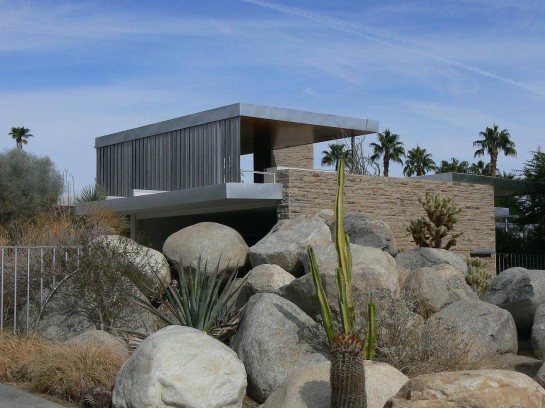 Below: Lovell Residence. Architecture by Richard Neutra.
Below: Lovell Residence. Architecture by Richard Neutra. 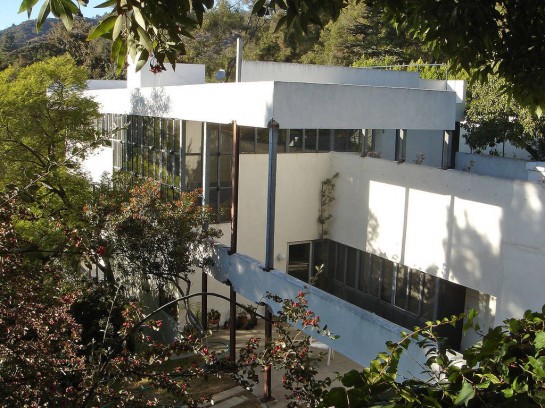 Below: Frank Sinatra Residence. Architecture by Stewart Williams.
Below: Frank Sinatra Residence. Architecture by Stewart Williams. 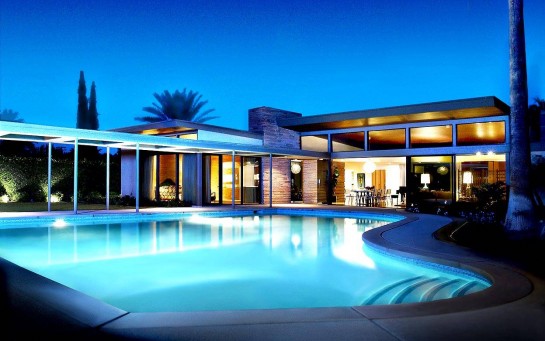 Below: Falling Water Residence. Architecture by Frank Lloyd Wright.
Below: Falling Water Residence. Architecture by Frank Lloyd Wright. 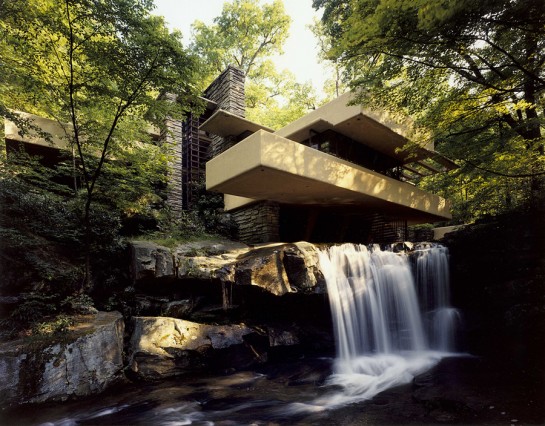 Below: Farnsworth House. Architecture by Ludwig Mies Van Der Rohe
Below: Farnsworth House. Architecture by Ludwig Mies Van Der Rohe  Below: Schaeffer Residence. Architecture by John Lautner.
Below: Schaeffer Residence. Architecture by John Lautner.  Below: Desert House. Architecture by Marmol Radziner.
Below: Desert House. Architecture by Marmol Radziner.  Below: Desert House. Architecture by Marmol Radziner.
Below: Desert House. Architecture by Marmol Radziner.  Below: Trousdale Residence. Architecture by Marmol Radziner.
Below: Trousdale Residence. Architecture by Marmol Radziner. 
Can you recognize the commonalities of the Mid-Century Modern architectural aesthetic?













